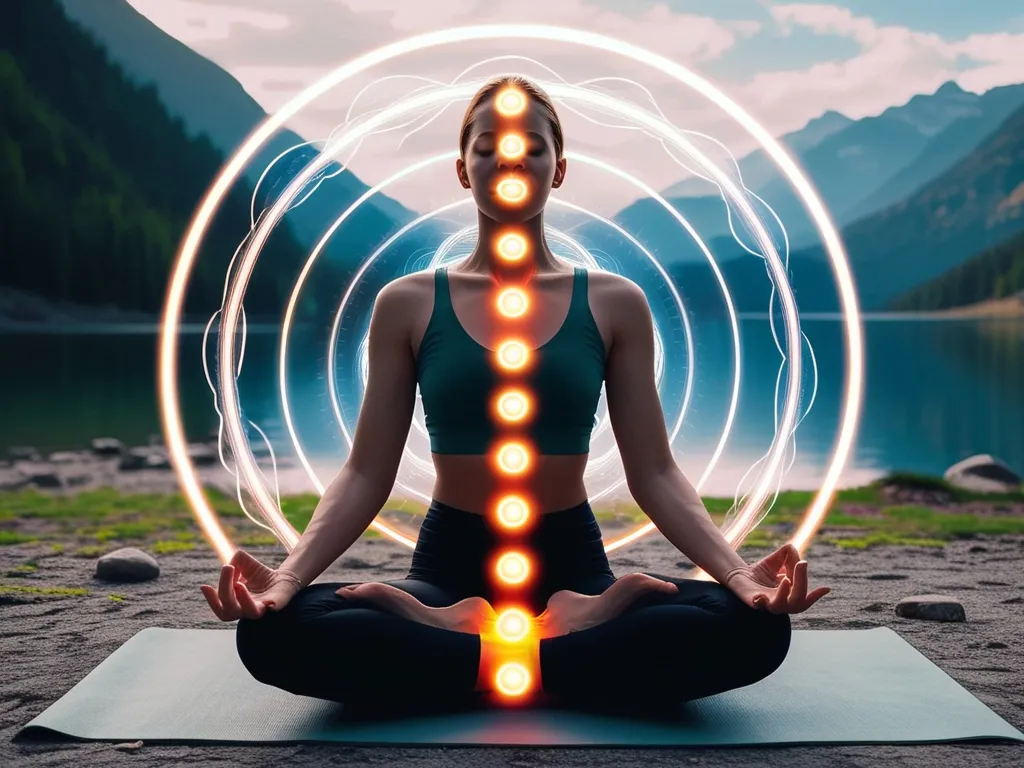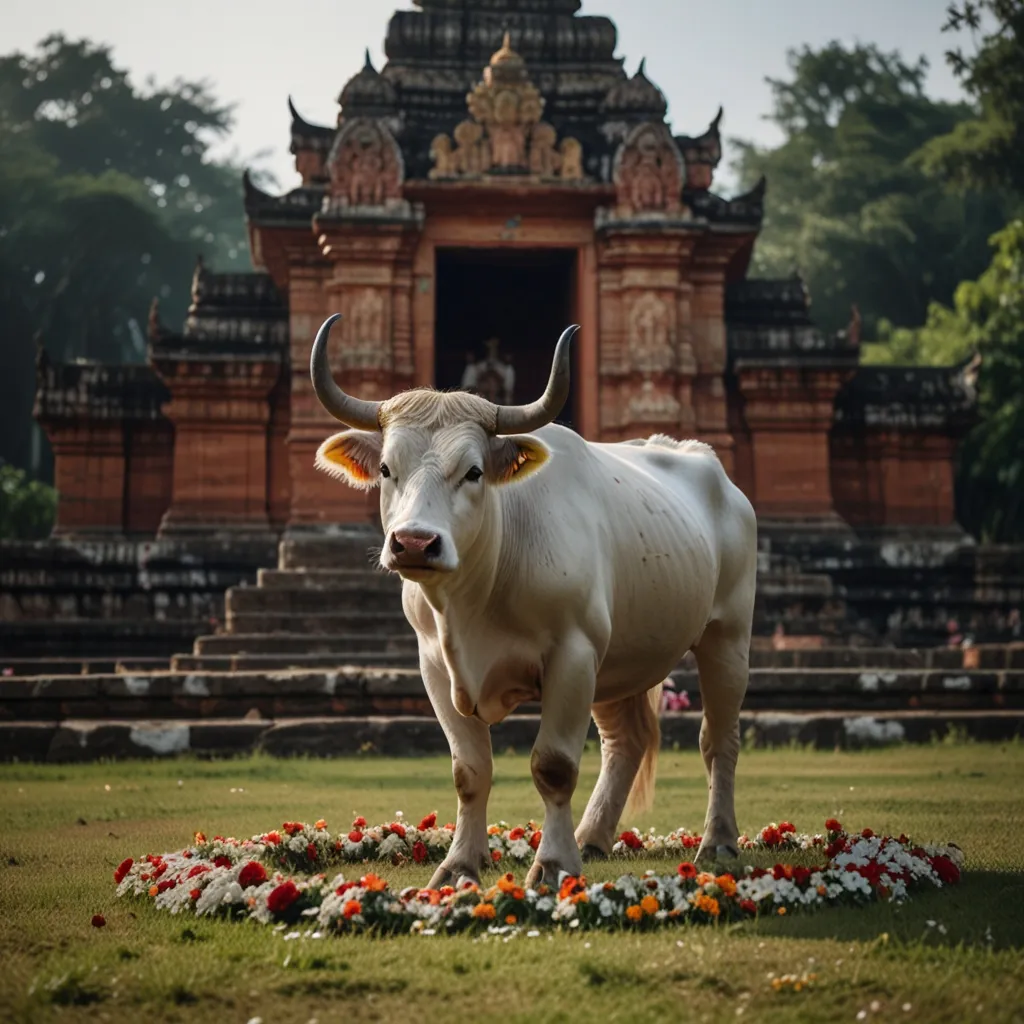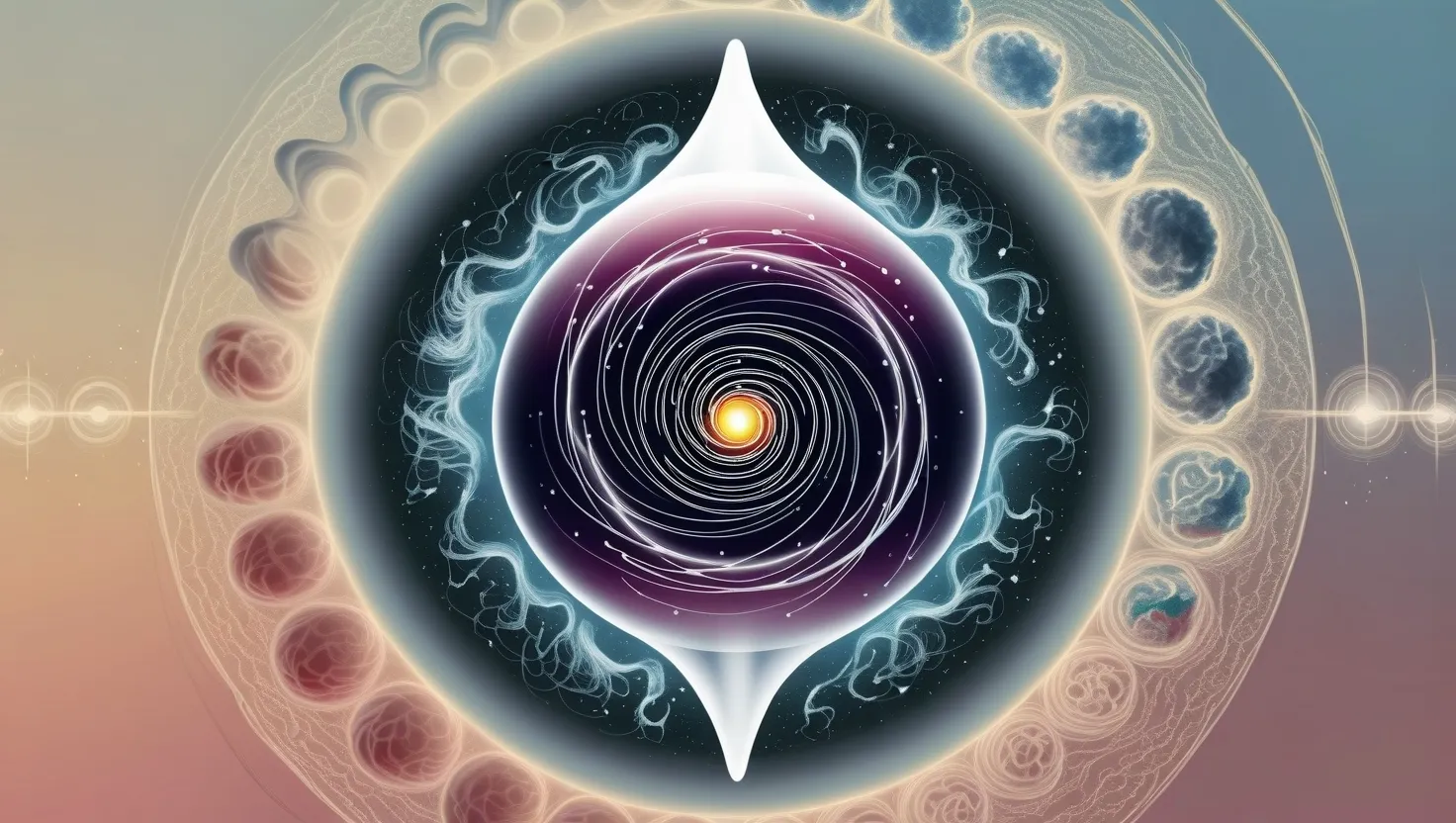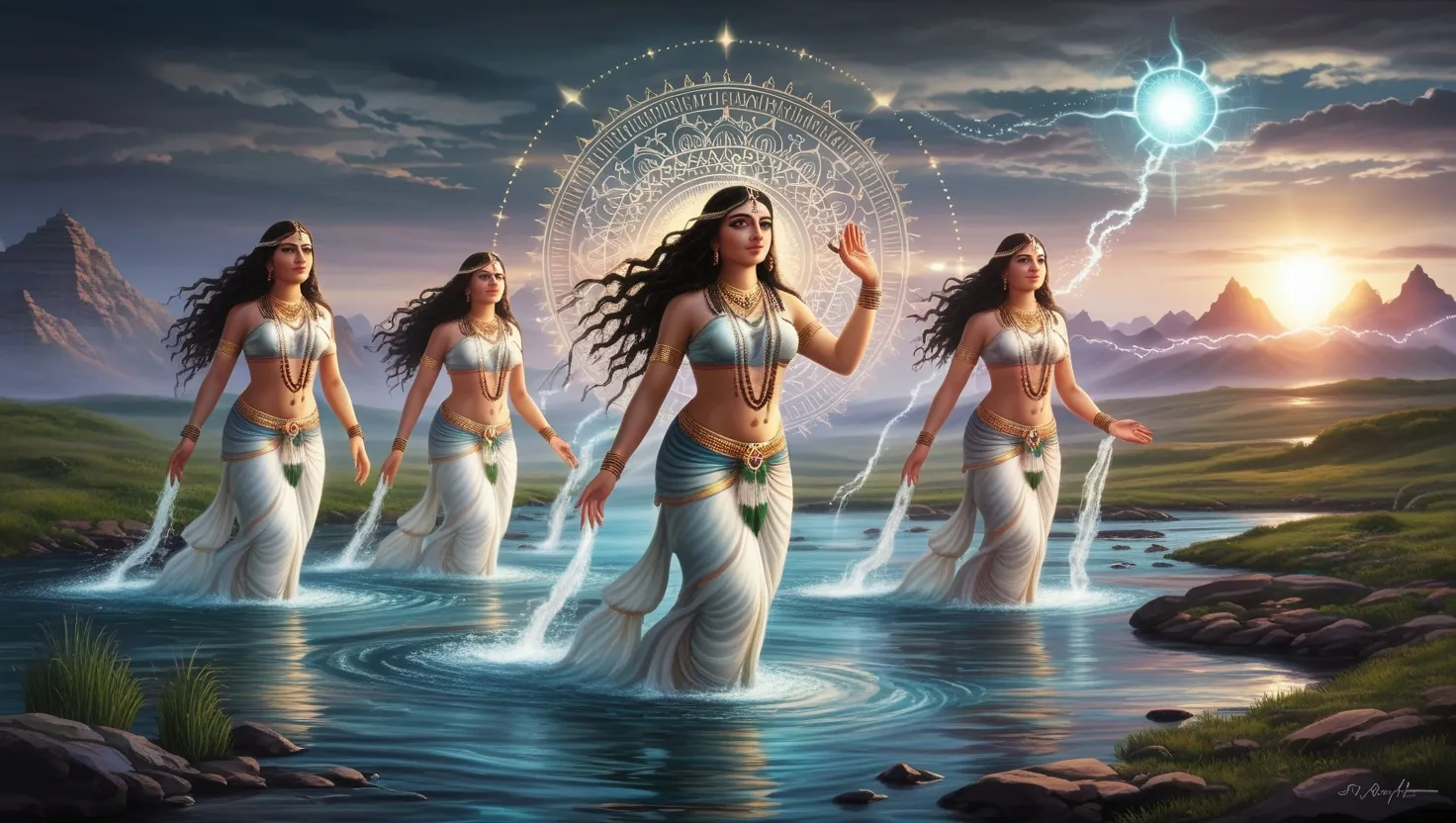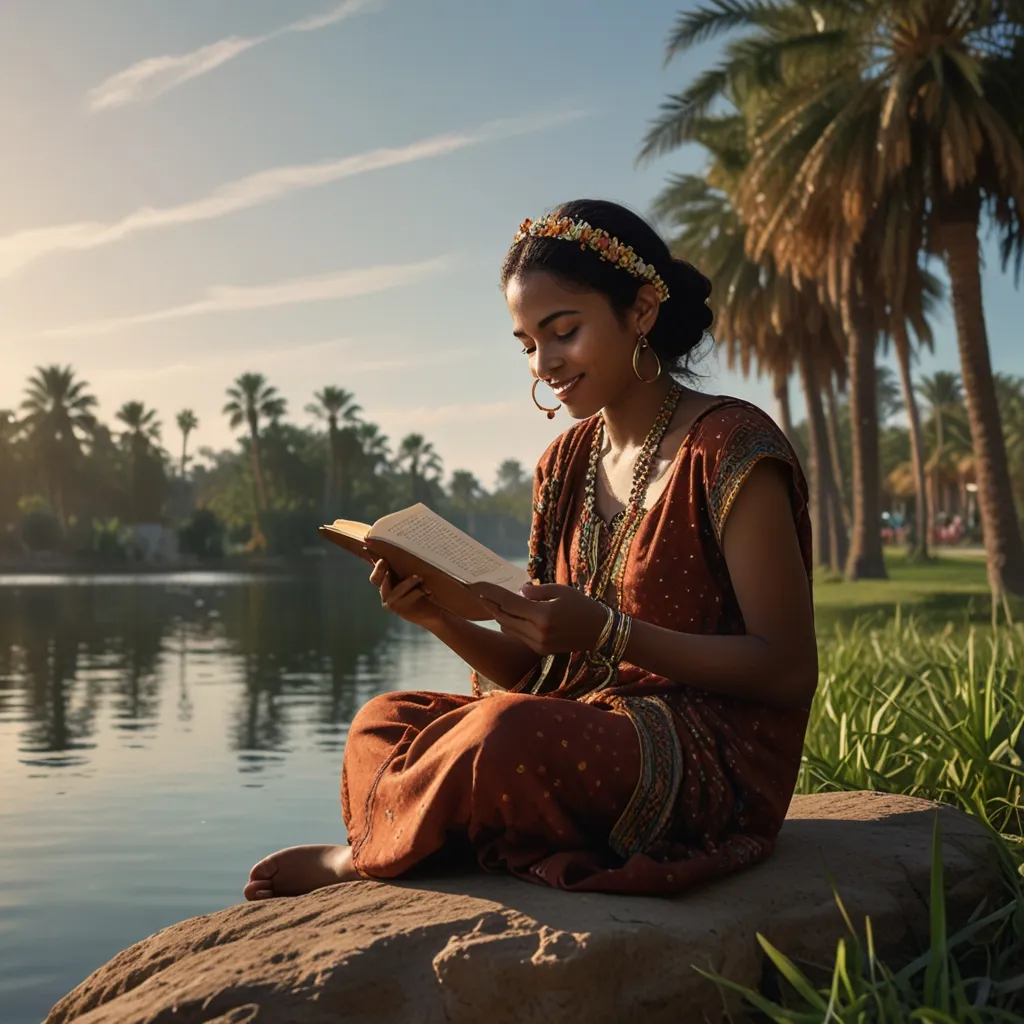In the vast and intricate landscape of Hindu philosophy, there exists a practice that has been a cornerstone of yogic traditions for millennia: Pranayama. This ancient art of breath control is more than just a series of breathing exercises; it is a profound bridge that connects the physical body with the spiritual realm, weaving together the threads of body, mind, and spirit.
To understand Pranayama, we must delve into its roots, which are deeply embedded in the sacred texts of Hinduism. The Yoga Sutras of Patanjali, for instance, lay the foundational principles of yoga, and within these sutras, Pranayama is highlighted as a crucial step in the journey towards spiritual awakening. Here, the practice is not merely about inhaling and exhaling; it is about mastering the life force, or prana, that flows through every living being.
Prana is the vital energy that animates our bodies and minds. It is the essence of life, and controlling it through Pranayama allows us to tap into this universal energy. When we practice Pranayama, we are not just breathing; we are channeling this life force to enhance our vitality, balance our nervous system, and foster inner peace.
One of the most fundamental techniques in Pranayama is Anulom Vilom, or Alternate Nostril Breathing. This practice involves breathing through one nostril while closing the other, then switching to breathe through the other nostril. This simple yet powerful technique helps restore balance to the body’s energy, revitalizing the immune system and calming the mind. Even a short practice of just 3-5 minutes can make a significant difference in how we feel, both physically and mentally.
Beyond Anulom Vilom, there are several other techniques that form the core of Pranayama. Kapalabhati, or Bellows Breath, is a more invigorating practice that involves rapid, forceful breathing. This technique is akin to a bellows that fans the inner flames of our energy, heating and healing the body from within. It is a practice that not only purifies the body but also sharpens the mind, making it more focused and alert.
Another advanced technique is the practice of retention, or breath holding. This involves holding the breath after inhalation or exhalation, a practice that super-injects prana into the system, building tremendous vitality. When combined with healing visualizations, this practice can be incredibly transformative. For example, as you inhale, you can visualize drawing in unlimited quantities of pure, healing energy. As you exhale, you can picture all the toxins and impurities leaving your body. This visualization adds a spiritual dimension to the physical act of breathing, making it a holistic practice that touches both body and soul.
The integration of Pranayama into daily life is not just about the techniques themselves but also about the mindset and environment in which they are practiced. In many yogic traditions, Pranayama is taught in a seated position with eyes closed, allowing the practitioner to focus inwardly. This seated posture, often accompanied by the engagement of energy locks (bandhas) like Mula Bandha and Uddiyana Bandha, helps in channeling the prana more effectively.
The role of Pranayama in balancing the mind cannot be overstated. In a world filled with stress and chaos, these breathing techniques offer a powerful tool for mental clarity and emotional resilience. By practicing Pranayama, we can calm the wild mind, rejuvenate a tired spirit, and uplift our overall well-being. The subtle sound of the Ujjayi breath, for instance, keeps the mind focused, forcing it to concentrate and become quiet. This is particularly evident in Ashtanga yoga, where the deep and rhythmic breath fuels the inner energetic flames, heating and healing the body while keeping the mind centered.
Pranayama also serves as a bridge between the active practices of yoga, such as asanas, and the internal practices that lead to deeper states of meditation. It is a transitional phase where the body is prepared for the stillness and quiet of meditation. By cultivating relaxed breathing, we can access the link between body and mind, transforming our mental state and fostering a deeper connection with our inner selves.
The history of Pranayama dates back to around 700 BCE, according to yogic literature. This ancient practice has evolved over time, influenced by various yogic traditions and sages. Despite its long history, Pranayama remains a timeless vehicle of transformation, offering practical tools for navigating the stresses of modern life.
In my own journey with Pranayama, I have found that it is not just about the techniques but about the journey itself. It is about creating a moment of stillness in a chaotic world, a moment where the breath becomes the sole focus. When I practice Pranayama, I feel a sense of harmony and balance that permeates every aspect of my life. It is as if the breath has become a gateway to the divine, connecting me with something greater than myself.
Pranayama is more than just a breathing practice; it is a way of life. It teaches us to be mindful, to be present, and to connect with the universal energies that surround us. Through Pranayama, we can find not just oxygen but a deeper sense of purpose and meaning. It is a reminder that in the simplest of actions—breathing—we can find profound transformation and spiritual awakening.
As we explore the nuances of Pranayama, we are reminded of the eternal wisdom of the sages who first practiced these techniques. Their teachings echo through the ages, offering us a path to personal well-being and spiritual growth. In a world that often values the external over the internal, Pranayama invites us to look inward, to find peace and harmony in the simplest yet most profound act of all: the breath.
In the end, Pranayama is not just about mastering the breath; it is about mastering ourselves. It is a journey that requires patience, dedication, and an open heart. But for those who embark on this journey, the rewards are immeasurable. Through the sacred breath, we find a way to connect with our deepest selves, to balance our minds, and to foster a sense of inner peace that transcends the challenges of everyday life.
